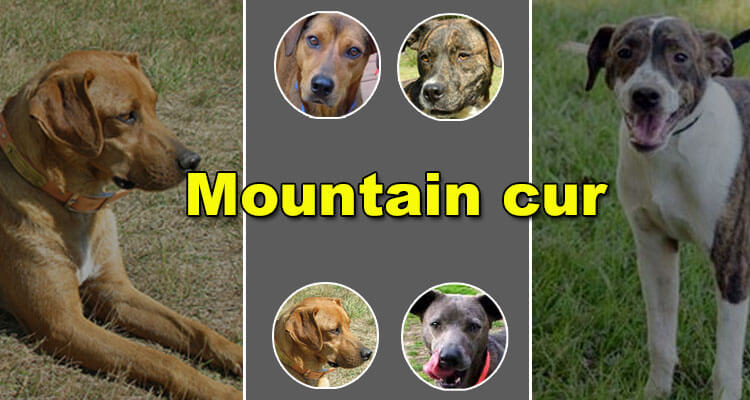The Mountain Cur dog is a type of working dog. This is a powerful, brave, and determined hunter who uses scent to locate prey. He is a medium-sized, agile tree-hunting dog with a loud, clear bark that can be heard far away, especially when he is hot on a trail.
The Mountain Cur considers it to be his primary duty to safeguard and please his human family and shares a close bond with his owner.
The Mountain Dog can be saved from outsiders, however, answers well to preparing furnished he’s been very much associated with a lot of human connection. The variety likewise makes for a superb family sidekick and guard dog.
Let’s start…
Mountain Cur Dog Information
Content overview:
- History
- Different names
- Appearance and Characteristics
- Personality and Temperament
- Health & problems
- How to take care
- Puppy Information
- Mountain puppy price
- Things to consider adopting a puppy
- Advantages & Disadvantages
- Questions related to Mountain Cur dogs
- Photo gallery
History of Mountain Cur Dog
The Mountain Cur dog was initially brought to the US by Europeans in Ohio, Virginia, Kentucky, and Tennessee.
Mountain Cur dogs originated in Kentucky, Virginia, and Tennessee’s mountains, but you can find different “Cur” types throughout the country. It’s a pioneer dog of the Southern Mountains.
The Mountain Cur dog was bred and maintained for nearly two hundred years. With the advent of World War II, many of the families who had produced them left the rural areas and went to work in factories in the war effort. By the end of the 1940s, the breed was becoming rare.
Mountain Cur dogs guarded the families and property of these early settlers and helped hunt for meat.
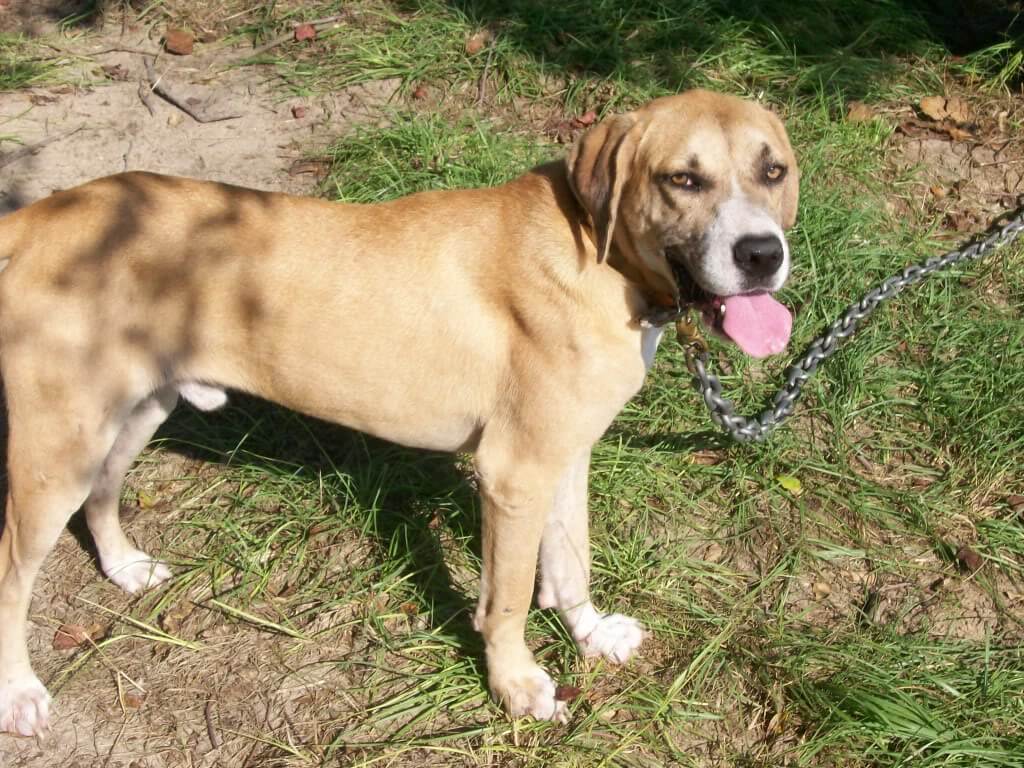
cur mountain picture @ doglib.com
Hugh Stephens, Carl McConnell, Woody Huntsman, and Dewey Ledbetter are credited with saving the breed and setting an official standard.
They formed the Original Mountain Cur Breeders’ Association in 1956. In 1970, the Stephens’ stock mountain cur was identified with different from the mountain curs original strains.
The Mountain Cur association established this breed standard, hoping that breeders, judges, and owners would be conscientious about breeding only those dogs that meet this standard and continue improving the Mountain Cur.
Origin: United States
Group of Breed: Hound dog, working dog, hunting dog
Date of Origin: 1900s
The name “Mountain Cur” is never mentioned in the book; however, the breed didn’t have a name or an individual identity in those days.
The Mountain Cur dogs slowly sorted into individual types. The modern Cur is still a traditional hunting dog. Seen still almost exclusively in the South, this farm dog is second to none.
Also read about black mouth cur which is also a hunting dog.
Different Names or Types

Black Mountain Cur puppy @craigspets.com
All names
OMC
Mountain Kerr
Recognition
Dog Registry of America, Inc. – DRA
Kemmer Stock Breeder’s Association – KSBA
American Canine Association, Inc. – ACA
United Kennel Club – UKC
Original Mountain Cur Breeder’s Association – OMCBA
American Kennel Club – AKC
Appearance & Characteristics
The Mountain Cur dog is a medium-sized dog. Height is 16-25 inches, and weight is anywhere from 45-95 lbs. Eyes are green, blue, or light brown.
The coat is a rough, medium shot. Colors are brindle, black, dark brown, black and brindle, red, and yellow, all sometimes with white points. The coat is easy to care for; regular brushing keeps it clean.
The color of the medium short, heavy coat varies from brindle, black, and brindle, dark brown, black, and yellow. White markings enhance the attractive appearance of this dog.
Mountain Cur Basic Characteristics
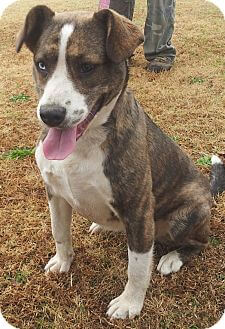
adopt mountian cur @adoptapet.com
Lifespan: 12 to 16 years
Trainability: high
Friendliness: good
Exercise Needs: daily
Energy Level: high
Grooming: easy to groom
Barking: Average
Protective Ability: Good
Hypoallergenic Breed: Yes
Space Requirements: House with Yard
Compatibility With Other Pets: Good
Litter Size: 3 to 8 puppies
Coat: Short, dense, double
Registry: National Kennel Club (NKC)
Group: Hound
Height & Weight
Male Height & Weight
- Height is 18 to 24 inches
- Weight is 45 to 60 pounds
Female Height & Weight
- Height is 17 to 22 inches.
- Weight is 40 to 50 pounds
Sound
Open or semi-open on track preferred with a good chance over at the tree. Silence is trailing accepted.
Behavior
Mountain Curs have a high pack mentality, a protective tendency but seldom aggressive. They love to please their masters. They make obedient family dogs.
Appearance
Size, Proportion, Substance
Mountain Cur Size:
The Mountain Cur dog is a medium-sized rustic and rugged dog slightly longer than a tall body that gives it a square-shaped appearance. The weight is usually between 30 and 60 pounds, and height is 18 to 26 inches for males and females 18 to 24 inches.
Proportion:
Substance:
Serious Faults:
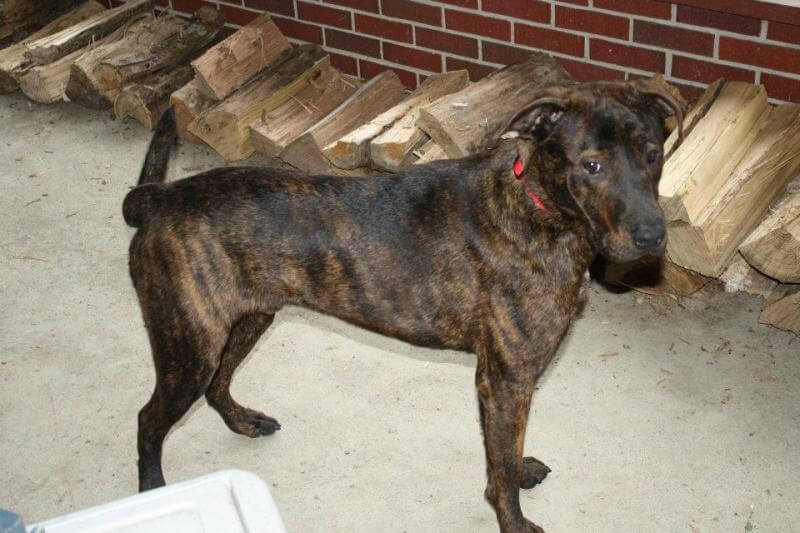
Mountain Cur Dog Pictures
Mountain Cur Head
The head is about the same size as the rest of the body and resembles a blocky, wedge-shaped head. The top skull is expansive, adding substance and broadness to the head, and it very well might be level or just somewhat angled when seen from the front or in profile. When viewed from above, the head tapers slightly toward the muzzle. The head is well-cut and free of wrinkles or excess skin. It ought to never seem thin.
- Skull: The skull is flat and broad, tapering slightly toward the muzzle. Cheeks are muscular and prominent.
- Muzzle: The muzzle is broad, full, and deep. The muzzle’s plane, or bridge, is straight. The broad base narrows slightly in the direction of the nose. Both the upper and lower jaws are fully developed, roughly equal in length, and have strong bones that never appear snarly or weak.
- Eyes: Large to moderate in size; fairly round, oval, or almond in shape; and dark brown to amber in color. The rims of the eyes are well-pigmented and well-fitted. The eyes are rarely swelling. The orbital sockets around it should have enough bone to protect the eyes. For this breed, any indications of entropion or ectropion are incorrect.
- Ears: The width, drop, and size range from medium to somewhat large. They may have some lift from the base or be close to the head. They shouldn’t ever look half-erect.
- Nose: The nose is black or self-colored, depending on the coat, and well-pigmented. The nostrils have a good opening.
- Teeth: The mountain cur is robust, and white, and adapts perfectly to a scissor bite.
- Lips: Medium thickness, the firm of the line fitted neatly without folds at corners.
- Chest: Wide and deep, but never deeper than deep. The brisket stretches out to the place of the elbows.
Neck, Topline, Body
- Neck: It is strongly muscled and has a slight arch, allowing for good head carriage due to its moderate length. The neck tightens flawlessly from the more profound and more extensive body toward the head. There is no excess skin, throatiness, or dewlap on the clean-cut neck.
- Topline: The topline ought to remain level and firm from the side. The forepaw can extend out in line with the nose thanks to the front’s ample reach.
- Body: Compact, solid, and of good substance. The body is never racy or refined. The width at the forequarters is approximately equal to the width of the hindquarters. The body should be capable of agility, speed, and stamina.
Disqualifications of Mountain Cur
- Albinism
- Blindness
- Undershot bite
- Overshot bite
- Deafness

mountain cur puppy photo @Pinterest
Forequarters
Shoulders: Shoulders are well laid back. The upper arm is long and wide and forms an apparent 90-degree angle with the shoulder blade.
Forelegs: The forelegs are well-muscled with solid bones. The elbows are set close to the body but able to move freely in action. The pasterns are short, powerful, straight, and flexible.
Front Feet: The forelegs should remain parallel when viewing movement from the front, and the elbows and paws should not move in or out. When the rear legs are extended, the back pads should be visible from the rear.
The width between the forefeet, when stretched out, ought to be roughly equivalent to the width between the hindfeet while expanding, showing balance, great reach, and great drive.
Hindquarters
The hindquarters are strong and muscular. The bone, angulation, and musculature of the hindquarters are in balance with the forequarters.
Rear Legs: Rear Legs are parallel to one another.
Hind Feet: The stifles are well bent, and the hocks are well let down. When the dog is standing, the short, strong rear pasterns are perpendicular to the ground and viewed from the rear, parallel to one another.
The width between the forefeet, when stretched out, ought to be roughly equivalent to the width between the hindfeet while expanding, showing balance, great reach, and great drive.
Feet: Strong and rounded, slightly oval. Pads are well-developed compact and elastic. Toes strong, well-arched, and compact.
Tail: Maybe set low, or maybe set neither high nor down on the croup, but as a natural extension of the topline. It is thick at the base and tapers toward the tip. The tail is carried following the dog’s mood and energy level but never tucked.
Can be set low on the croup or as a natural extension of the topline instead of high or low. At the base, it’s thick, but it gets thinner at the tip. The dog’s mood and level of energy dictate how the tail is carried, but it is never tucked.
The tail might be normally lengthy or normally weaved. When held down, the tip of the last vertebrae of a naturally long tail extends all the way to the hock joints. Regularly woven tails might be medium to short in length. Neither type of tail should be given preference. Long tails can be straight, sabered, or slightly curved.
Coat
The Mountain Cur’s coat is heavy and smooth or rough with a soft, fine undercoat. Colors include yellow, brindle, black, brindle, and black.
Winter Coat:
Summer Coat:
Shedding:
Color and Markings
The colors of Mountain Curs of the early days are dominant today. Brindle, yellow, black, and blue. Some have white markings and different strains known by their owners’ names, such as Arline, York, and Ledbetter.
Coat Color and Markings
Gait: Mountain Cur’s gait is smooth and effortless, with a good reach of forequarters. Rear quarters have strong driving power, with hocks fully extending.
Personality and Temperament
Mountain cur dog personality
This dog will always be ready to face an angry wildcat. Because this breed is renowned for its strong desire to please its master, they are commonly chosen to be home companions, but they recommend staying for families with older children. This dog breed makes excellent watchdogs because they are suspicious of strangers.
A Mountain Cur dog that is a regular hunt would be sufficient exercise, but one he kept as a home companion would need to be taken every day for a walk or be provided with a fenced yard where it can run freely.
The Mountain Cur dog is not easily threatened, but it will stand up to another animal that is on its way or attempting to show its dominance. It’s a beautiful guard dog as it will not allow anyone or anything to come close without its permission.
Mountain cur temperament
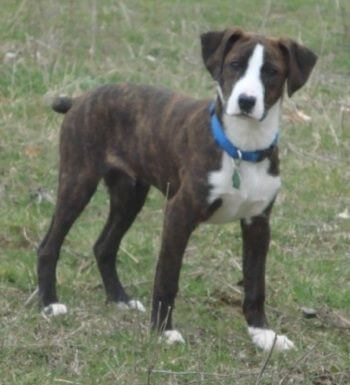
black and white cur @pinterest.com
He is a very intelligent, independent-thinking, highly energetic hunting, and herding dog.
It recommends that these dogs be reserved for working and hunting homes to ensure that their talents and instincts are utilized and appropriately exercised. Otherwise, they can develop problem behaviors.
They don’t make much noise, and they are very great guard dogs. These dogs are known as excellent hunting dogs thanks to their keen sense of smell and their ability to hunt game successfully.
They have a strong desire to please their master. It is very protective of the property and family, and without an owner who is more dominant than themselves, they can become over-protective.
This very tough large-game, raccoon, and squirrel hunter are willing to face a squealing razorback or an angry wildcat. These dogs are generally happy and obedient and can get along well with children and other pets.
Activity Requirements
Mountain Cur dogs must have some daily physical activity to stay fit, recharge their minds, and maintain their health. The daily exercise also really helps mountain curs fight boredom, which often leads to complex behavior.
Behavioral Traits
Trainability
Moderately Easy Training: Striking or spanking a Black Mountain cur is not encouraged and is very counterproductive. This breed is very voice sensitive, and a sparingly used stern voice is the best tool.
They are intelligent and predictable. Training sessions should be short but frequent to keep them from becoming bored.
Health & problems of Mountain cur
Mountain Cur dogs can live up to 14–16 years, and there are no reported breed-specific health issues. What comes as excellent news for people that love the mountain cur is that it is a generally healthy breed.
Health Problems
This breed has no hereditary diseases known. The Mountain Cur can live from 12 to 16 years. A generally fit and hardy breed, no breed-specific illness or disorder has been recorded. But care should be taken to keep it fit and healthy from other common dog diseases.
Would you like to keep your dog healthy? Go to our dog health section, where you will find many valuable resources that will help your dog be healthy.
Feeding Plan for Mountain cur
Depending on your dog’s size as an adult, you give them a formula feed that will meet their unique digestive needs through various stages of their life.
Feeding is an essential part of every dog’s life. So give healthy and the best dry dog food for your king cavalier. Feeding amounts for dogs will always vary on the breed type and the size of the dog.
If your mountain cur dog likes fruits and vegetables, cooked eggs, and cottage cheese, it should not sum up to more than 10% of its diet.
Mountain cur puppies between eight and 12 weeks old need four bowls of food in twenty-four-hour time. Feed mountain cur pups 3 to 6 months old three meals a day. Feed 2 meals every 24 hours to 6 months to 1-year-old puppies.
By the time the mountain cur reaches his or her 1st birthday, one meal daily is all that’s required.
Recommended daily amount: Give 1/4 to 3/4 cups of high-quality dry food a day. It can be divided into two meals. It is choosing a high-quality dog food product for your mountain puppy.
Don’t know which foods your dog loves most? Here is the dog products list that will help you to choose the best one.
Also, do you know about a balanced diet? If not, then check the below helpful resource.
Living conditions
The Mountain Cur is a very active dog. He is not the kind of dog that will do well living in a small home or apartment without a yard. Your small apartment in the middle of the big city will not suffice.
This dog needs a house, and it is going to need a yard. These dogs live anywhere from 12 to 16 years, but its lifestyle can significantly affect this.
How to take care of Mountain cur
The Mountain Cur is one of the low maintenance dog breeds, so you can easily take care. Though, you can follow some steps of caring as given below.
Exercise You Dog
The original Mountain Cur dog created to work hard and handle challenging situations in the wilderness. It needs daily exercise. If you haven’t the time to devote to a daily workout, this is not the dog for you.
Grooming & Bruising
Regular brushing will help reduce shedding and keep your mountain cur clean. Inspect for fleas and ticks every day during the summer or other warm weather.
Most mountain curs don’t need to bathe more than a few times a year. The Mountain Cur dog has a short coat that is very easy to maintain. An occasion brush and grooming is all that is needed. Bathe should not be given more often to avoid drying out the dog’s skin.
Dental Check-Up
Dental health check-up is a most important for every pet; similarly, it very important for mountain Cur. If you want to adopt this dog, it is essential to take care of the dog’s teeth.
Brush your dog’s teeth at the same time every day, making their daily routine training very easy. Please don’t force your Cur dog’s mouth open like you would give them a bell. Instead, gently place the brush between their lips and teeth.
Love & Affection
Love and affection for every dog is essential, if you give love and respect to your golden dog, dogs will love you too, and your golden shepherd dog is a member of your family, so give your dear puppy a lot of love and affection. Most importantly, spend time with your dog because your dog needs love and affection.
Feed Healthy Foods
Feeding healthy meals is the most important in a dog’s life. Feeding your golden shepherd milk and a good diet will be so necessary, so feed the best and healthy pet foods to your dog.
There are many healthy foods available in the market these days, so you can choose healthy food for your lovely dog because healthy food is the most important for dog health.
Mountain Cur puppies must be given excellent-quality, name-brand puppy food. Please try to limit “table food,” though, because it can cause mineral and vitamin imbalances, tooth and bone issues, and might result in highly finicky eating habits as well as obesity.
Avoid Toxins
Toxic foods are harmful to every life, so if you have taken a cur mountain, it is essential to know that foods are detrimental to your animals. At present, many foods are helpful for humans, but they are toxic to mountain cur dogs.
Many toxic substances include grapes, alcohol, nuts, beer, raw bread flour, chocolate, garlic, and any other sense such as onions included in unhealthy food, so avoid this type of unhealthy food for your mountain puppy.
Give your dog cold and clean water; it is essential to keep in mind that the water on your original mountain dog is necessary. If you bring a pup from a mountain dog to the house, it is essential to focus on its health. So please do not feed the toxic food for your cur mountain because it is hazardous.
Mountain Cur Puppy information
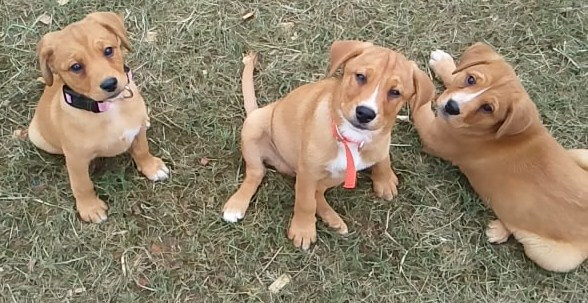
mountain cur puppies photo
Puppy Training
Here we will be providing information about how to train your mountain cur puppy, so read this article carefully and enjoy with your lovely puppy.
The mountain cur dog is not difficult to train, but it does require consistency. The mountain cur is a dog that is eager to please and will do anything for the people it loves, so it is such an easy dog to train.
Puppy training is the essential part of any pet or any dog breed. Usually, the mountain cur is very easy to train because it’s an intelligent and loyal dog breed.
The mountain cur is usually a brilliant dog that can please their owners, and do not prove too much trouble during training, except that if you are training for the first time,
Training a dog breed can be a bit difficult. But it is essential to train any dog. Today, we will tell you different training methods from which you can easily prepare your cute cur puppy.
Also Read: How to Train Your Dog with a Dog Shock Collar
Respect Training
Respect training is the first standard training method for any dog. It’s essential training for your mountain cur dog. Mountain cur is intelligent dogs, but their stubbornness can make them challenging to train.
House Training
The first training priority for most new dog owners is house training. This training is number one for any dog living with humans. The most effective house training is a combination of crate training and schedule training. So house-training is best for your dog.
Crate Training
Puppy crate training is a great way to manage the safety and well-being of mountain cur puppies. Crate training is one of the most important things you can do for your new dog. Crate training serves many purposes. Crates should be large enough for the adult dog to stand, sit and stretch out.
Behavioral Training
Behavioral training is essential for any dog. All of us, dog owners, need to administer some dog behavior training at some point in time. Behavioral training is beneficial for taking care of the dog.
If you want to train your puppy to Behavioral training, find out some common behavioral issues like briking, aggression, food guarding, howling, mouthing and chewing, separation anxiety, etc., and stop these behavioral issues and train your dog efficiently.
Obedience Training
It is one of the primary and most essential trainings for any dog. Three training methods with your cur all begin with a strong foundation in the core five obedience commands: come, sit, stay, heel, down. Every dog should know these five basic obedience commands Because it is essential for obedience training.
Puppy Price
The average Mountain Cur puppy price is $300 to $ 1000 USD.
The annual cost of caring for your mountain Cur to include food and snacks, veterinary care, toys, and license could range between $420 and $780.
Cur Mountain Puppies for sale
Finding the right Mountain Cur puppy can be dog-gone hard work. PuppyFind provides a convenient and efficient means of selecting and purchasing the perfect Mountain Find Mountain Cur puppies for sale with pictures from reputable Mountain Cur breeders.
Click here to find and adopt new mountain cur puppy
Find a breeder
National Cur and Feist Breeders Association
713 East Sycamore
Jasonville, IN 47438
Phone: 812 665-3263
Southern Black Mouth Cur Breeders Ass’n.
870 367 6329
John Wayne Ross
1260 Highway 277 North
Monticello, AR 71655
United Kennel Club
269-343-9020
100 E. Kilgore Road
Kalamazoo, MI 49002
Things to consider adopting a Mountain cur
- Before you adopt a Black Mountain Cur, consider how much time your new family member will spend alone. Remember, a puppy requires constant attention.
- Mountain cur puppies are super-cute, but put; puppies can be adorable, relentless machines of destruction.
- Before you adopt a cur mountain puppy, ask yourself if you can walk your dog several times throughout the day.
- You also have the advantage of knowing that your dog is physically able to “hold it” for several hours at a stretch.
- Ask anybody who has adopted an adult dog, then adopt an adult dog.
- Usually, mountain cur breeders pay little attention to the specific health and genetic diseases due to inbreeding; reluctantly, they don’t inform whoever is looking for a Black Mountain Cur dog for sale about this problem.
Advantages of Mountain cur
- An ideal companion for a sport-minded person
- Ferocious guardian and vigilant watcher
- Needs very basic grooming
- Unshakably faithful to its masters
Disadvantages of Mountain cur
- Aggressive towards other non-canine animals
- Requires a great deal of daily physical activity
- Challenging to train
Difference between a Mountain Cur and a Black Mouth Cur?
A Mountain Cur is a separate breed of cur. A general comparison with the BMC, usually smaller boned, very agile, not as aggressive, has a broader range of acceptable colors, will usually bark more, and some have longer hair than a BMC, which always has the short coat.
The Mountain Cur has been bred in general for treeing game. Because of their intelligence, athletic ability, desire to please their owner, they could be trained to perform almost any task.
The Mountain Cur is most likely the closest in type to the early Curs of the British Isles, the ancestors of the Corgi and some other British herding breeds.
The black mouth cur is a hunter and animal dog whose origins in the South. The Black Mouth Cur is a general-purpose working breed developed in the United States to herd livestock and hunt game.
Questions related to Mountain Cur dogs
1. Do Mountain Cur dogs frequently bark?
When they are anxious, Mountain Cur dogs are known to bark a lot. They can bark a lot when they don’t know about newbies.
2. Is a Mountain Cur a good dog for the family?
Mountain Curs are wonderful family dogs and can be quite cuddly with children. Because the Mountain Cur was bred to hunt, they will not be able to live with smaller pets in the same household.
3. Are Mountain Cur dogs reliable guardians?
Mountain Curs are pack-like dogs that are extremely protective. They can make excellent guard dogs once they are accepted into your family because they feel the need to keep you safe and protected.
4. What is the life expectancy of a Mountain Mongrel?
Mountain Dogs can satisfy 14–16-year-olds.
5. How many puppies can a Mountain Cur have?
A Mountain Cur litter can contain between 3 to 8 puppies.
Conclusion
The Mountain Cur is unquestionably a strong dog that requires significantly more exercise, training, and attention than the typical puppy. A Mountain Cur litter can have anywhere from three to eight pups.
He is not suitable for every family, but the right family would love him as a pet. You will have a happy relationship that will last for many years if he fulfills all of your criteria, and you are confident that he will fulfill all of his.
Mountain Cur Pictures
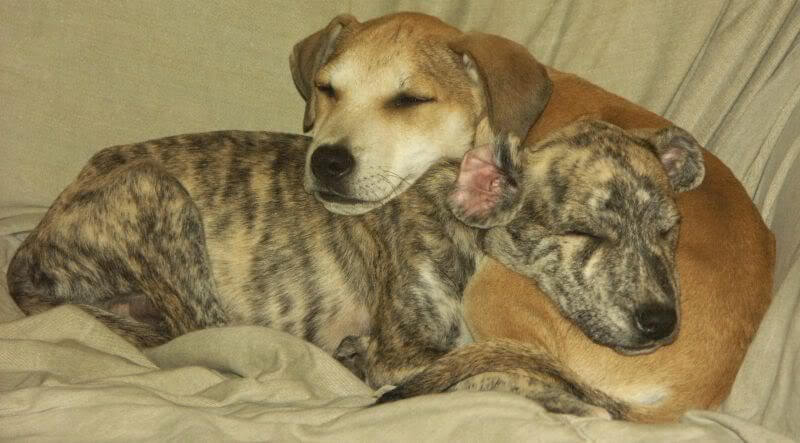
cur mountain puppies @thegoatspot.net
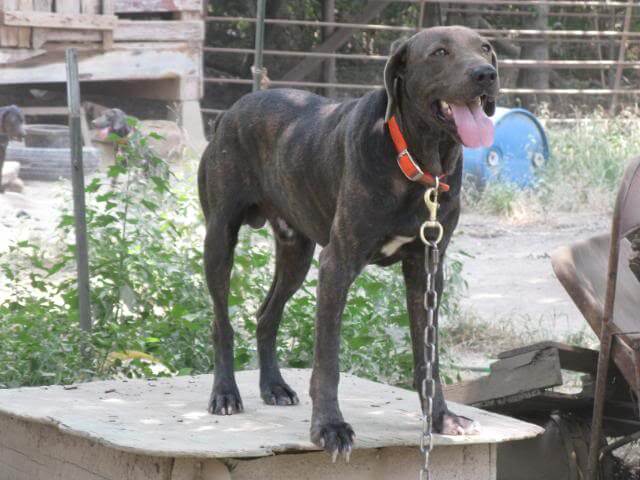
blue cur @w11.zetaboards.com
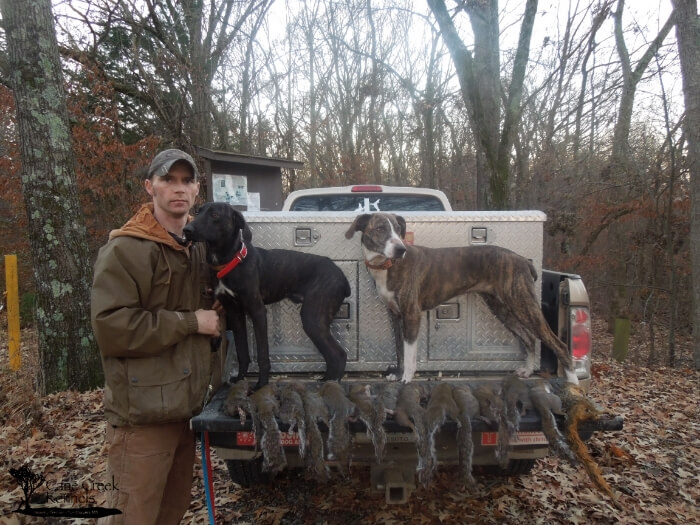
ukc mountain cur @ukcdogs.com
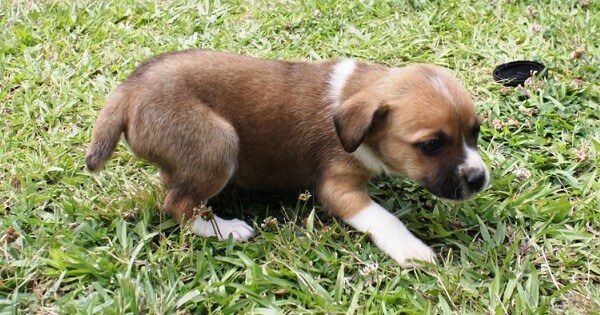
cur mountain puppy picture @PetPremium
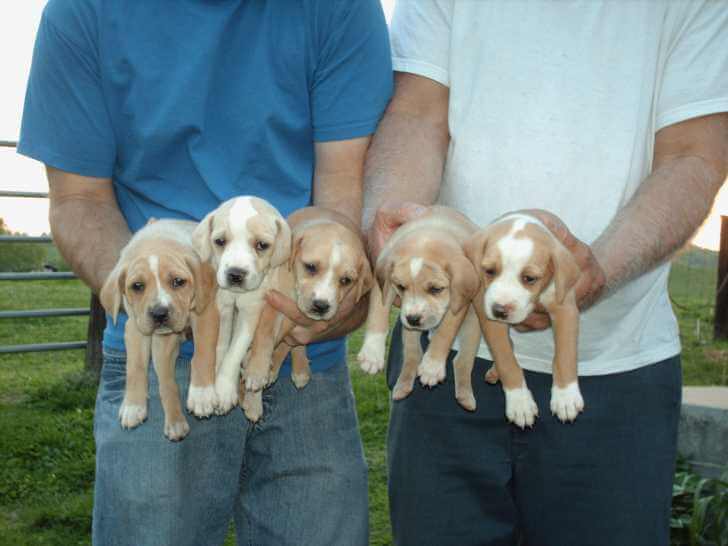
mountain dog breeder @petclassifieds.us
Done. I tried to include complete information in this post. Please like and share if you want this post. If you have any information about mountain cur dogs, send me via the contact form or comment below.
Upload the best Photos of your dog, and we will show your dog photos in our Dog Gallery.
Submit your dog Photo
Click here to see more photos
References:
puppytoob.com
ckcusa.com
dogbreedinfo.com
en.wikipedia.org
ukcdogs.com
